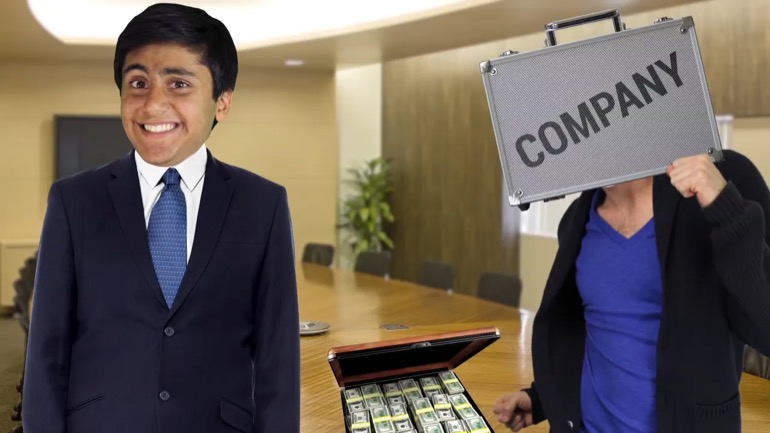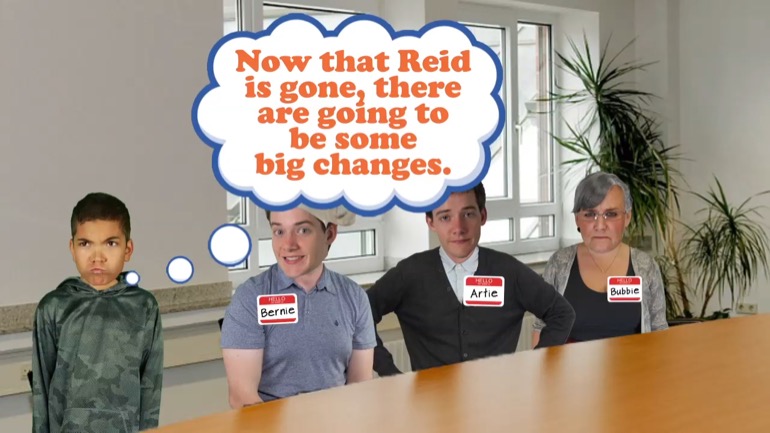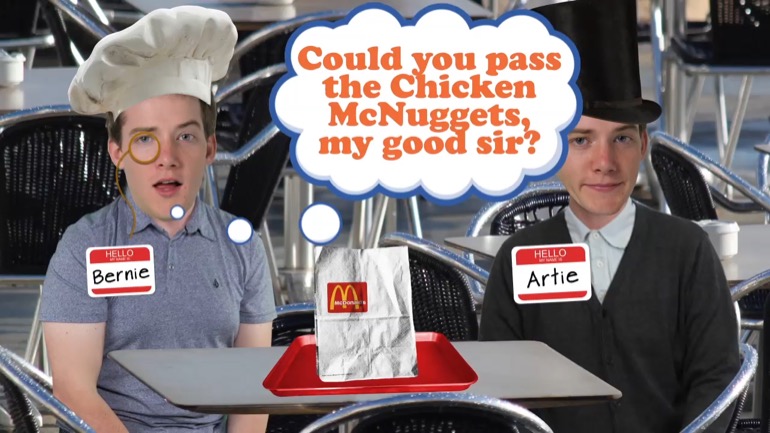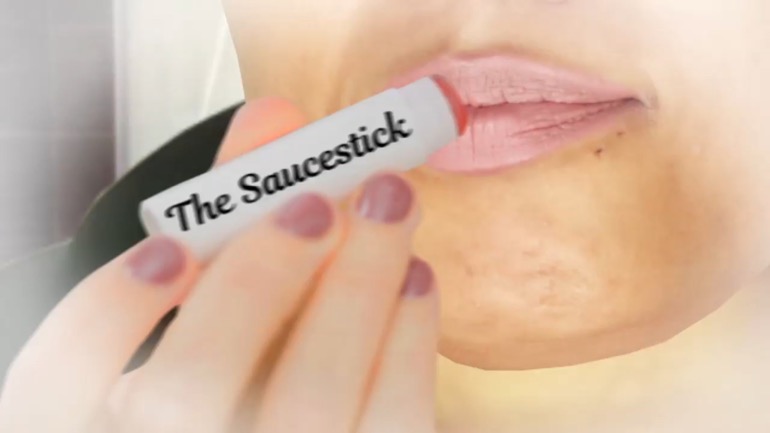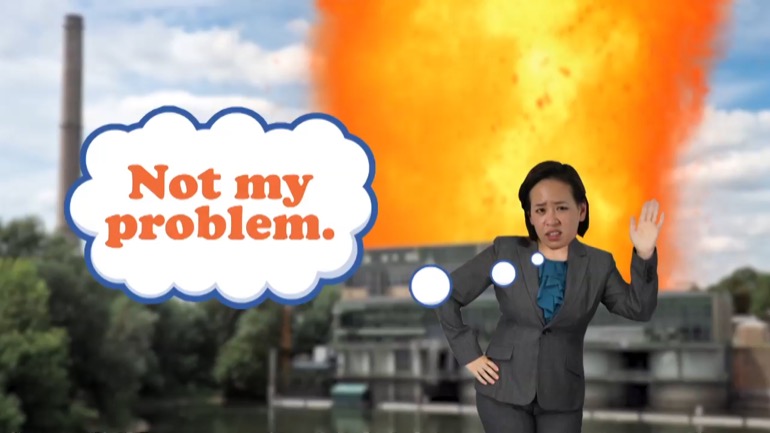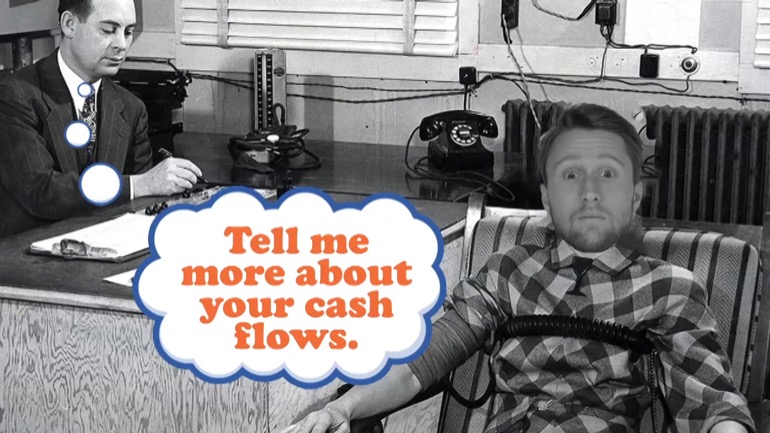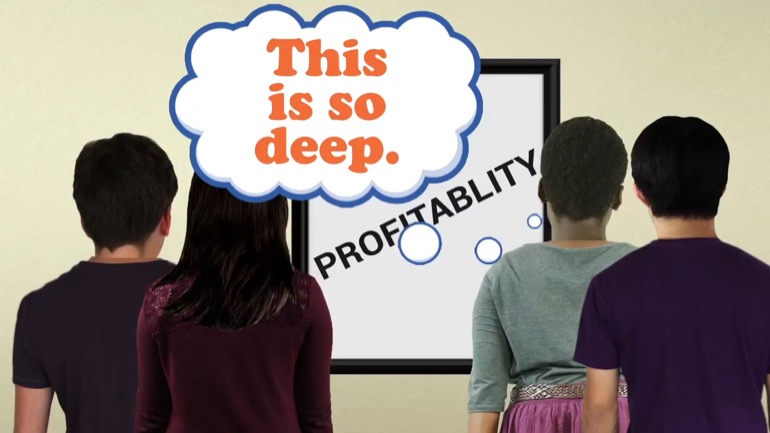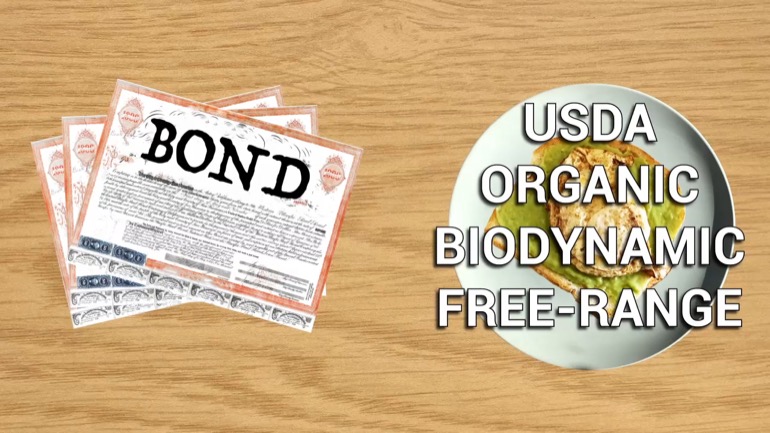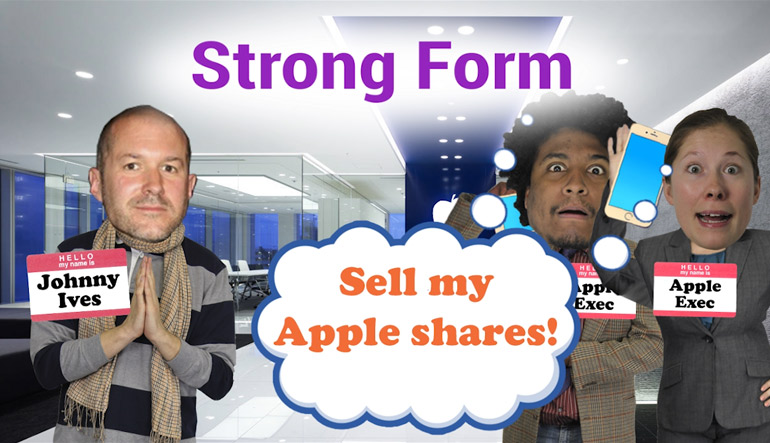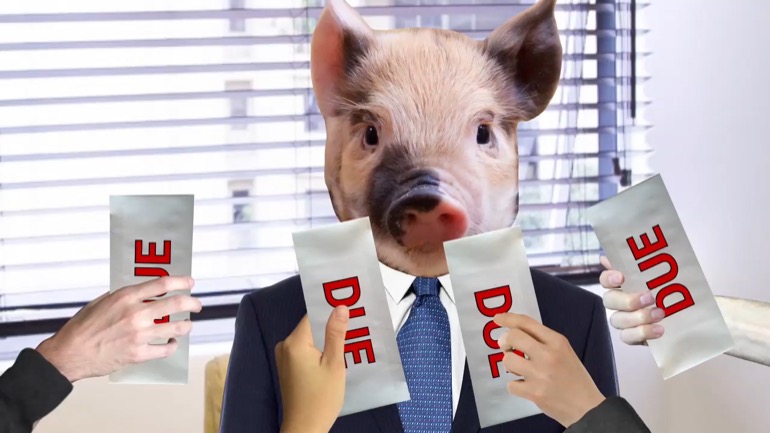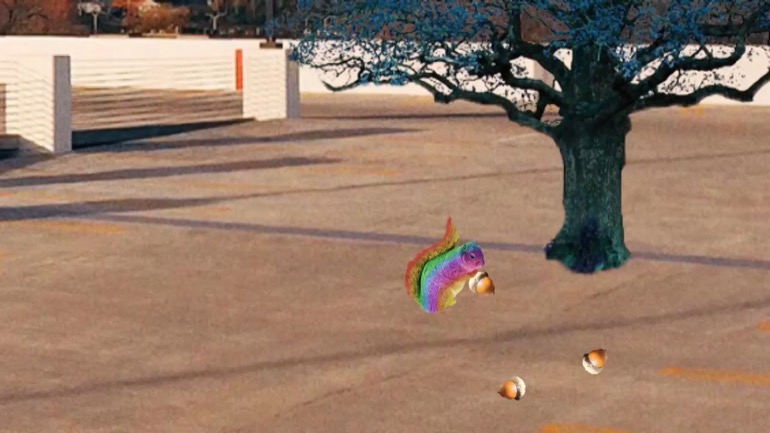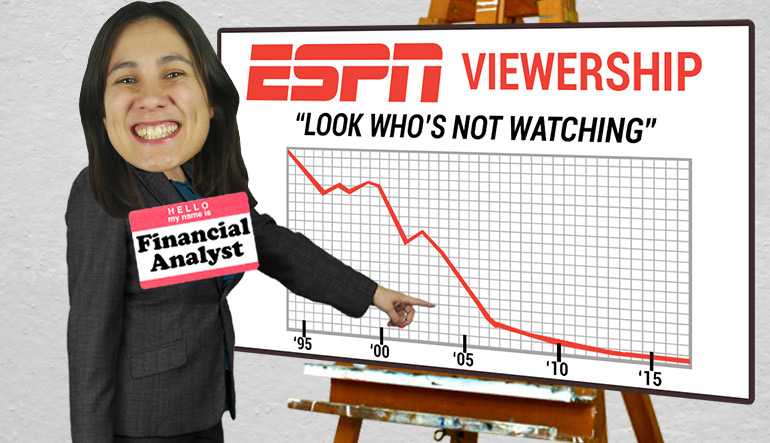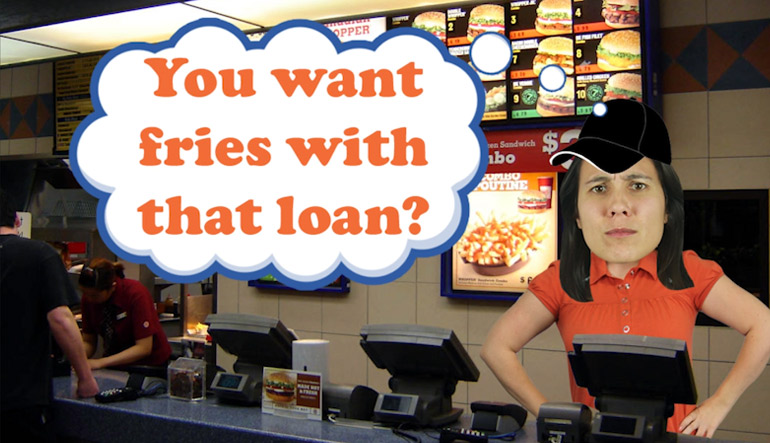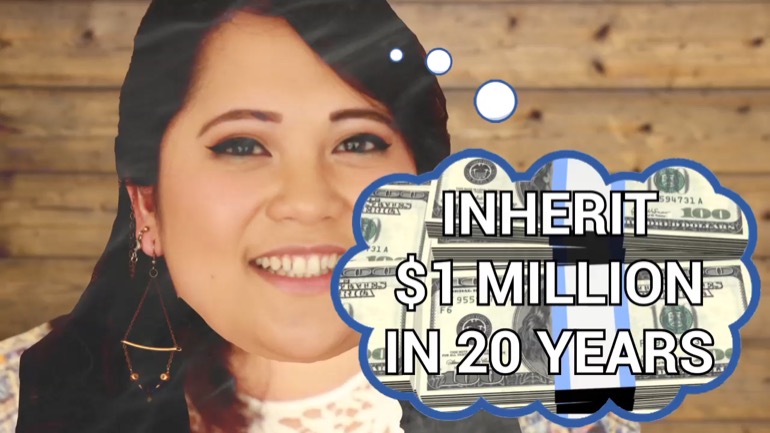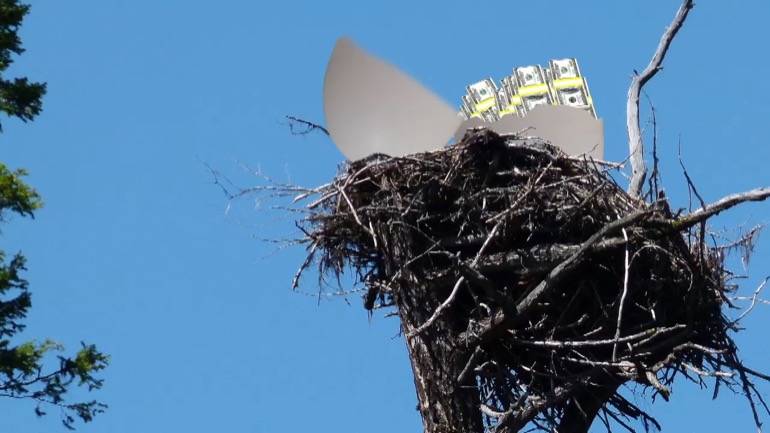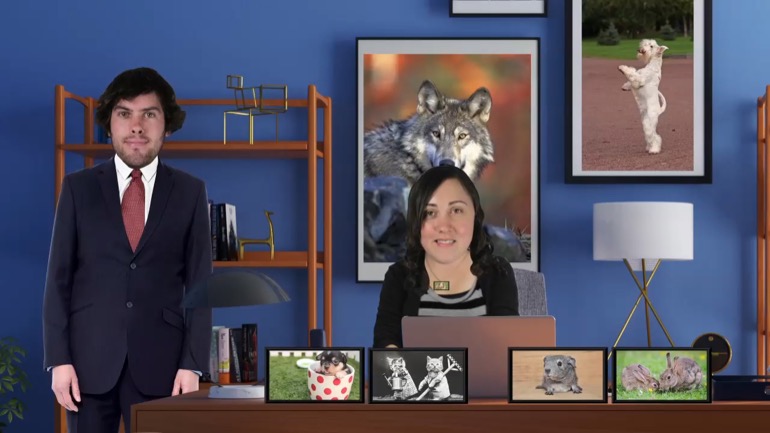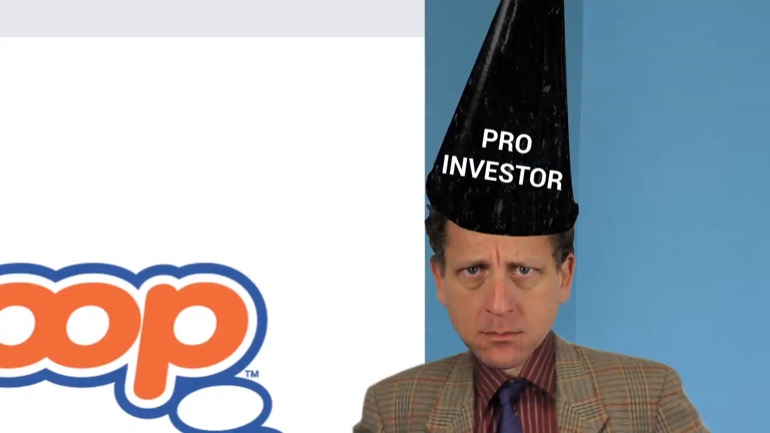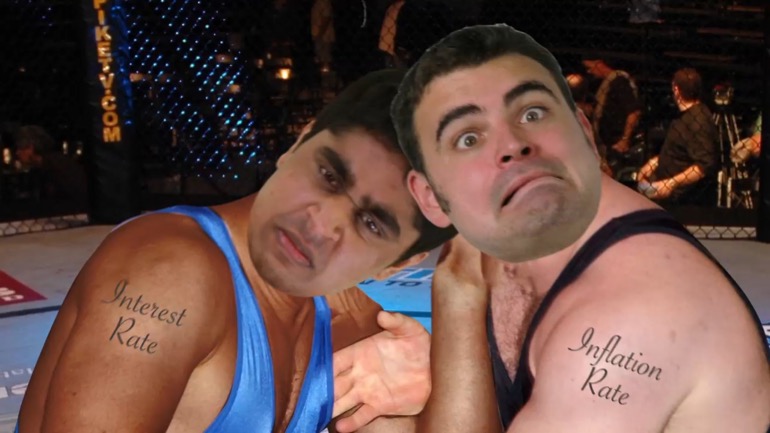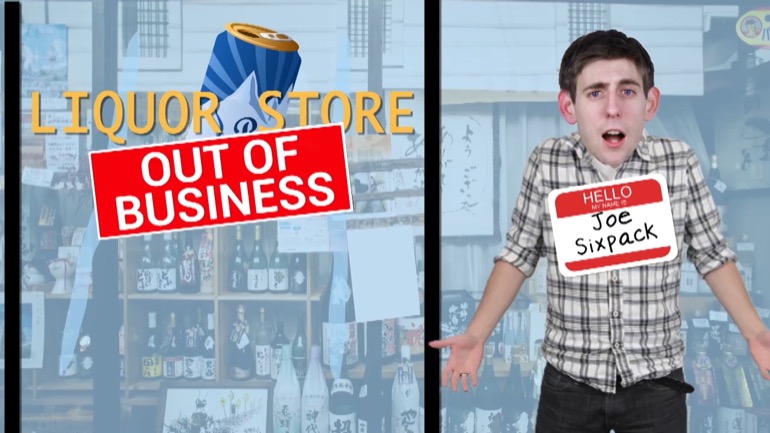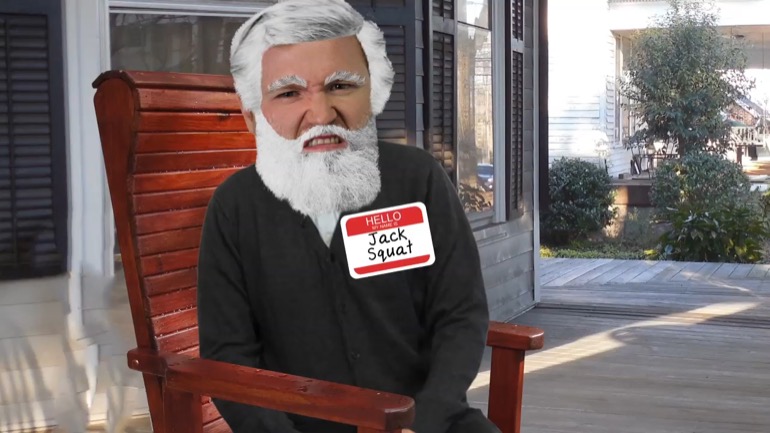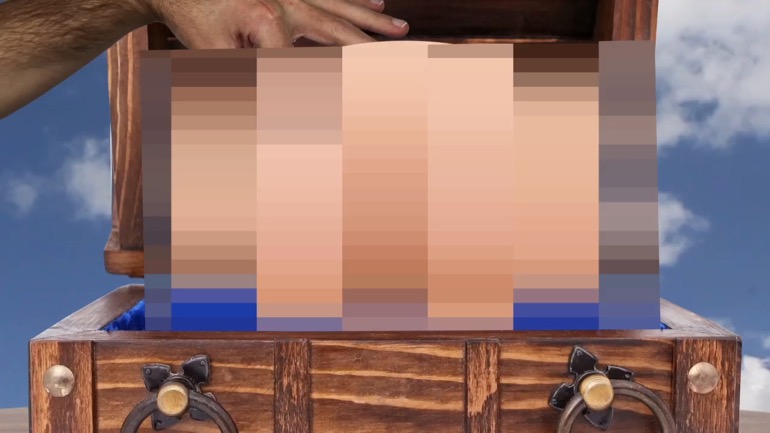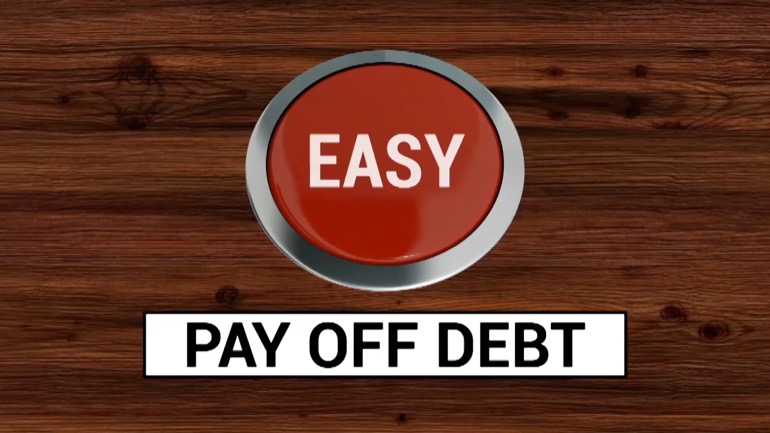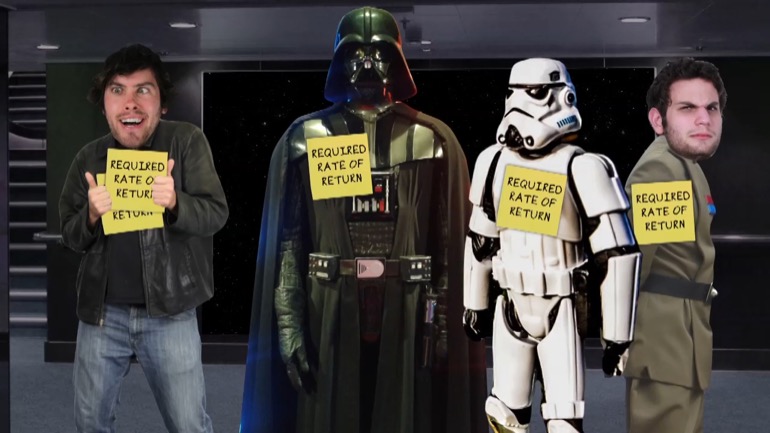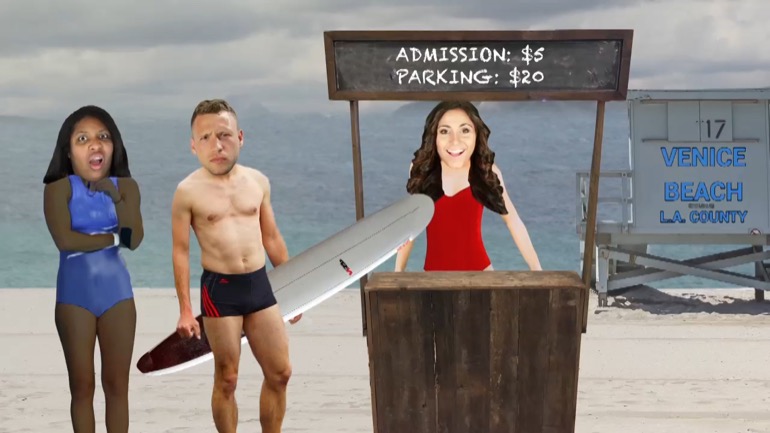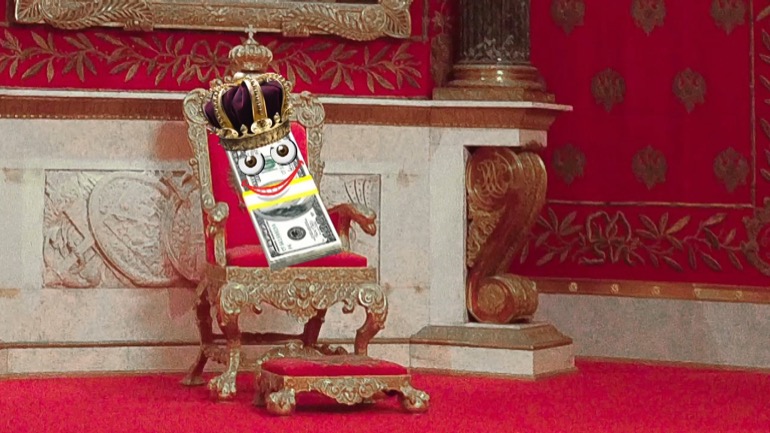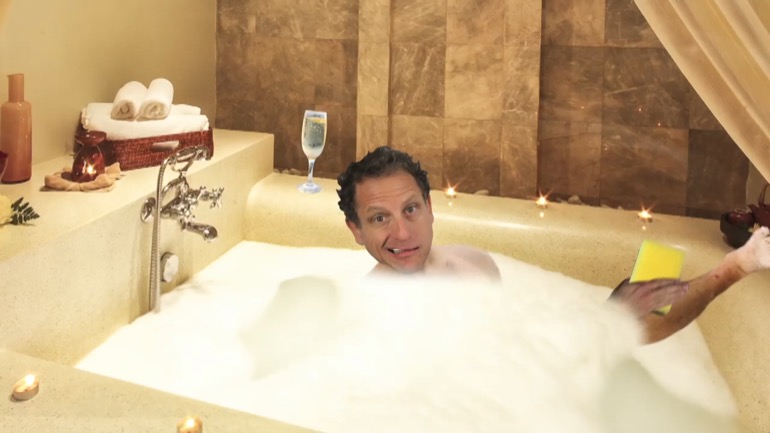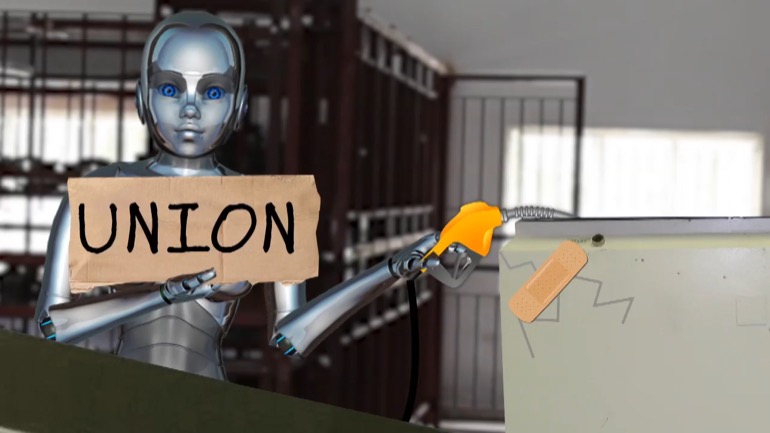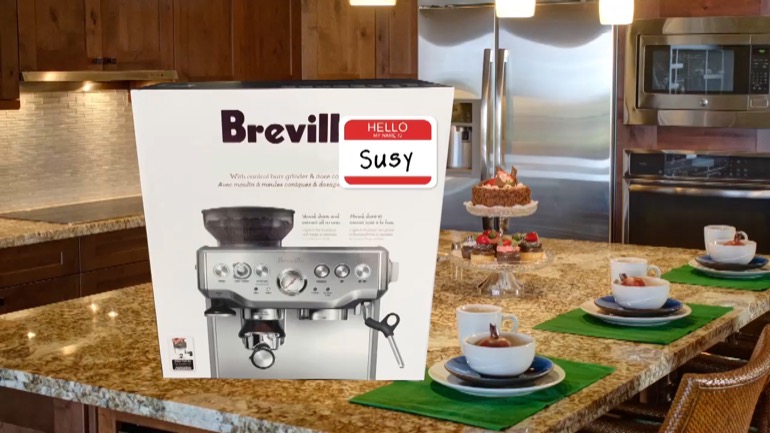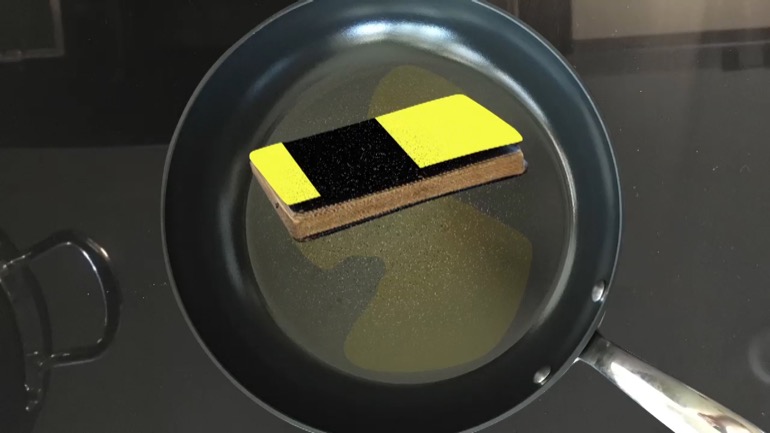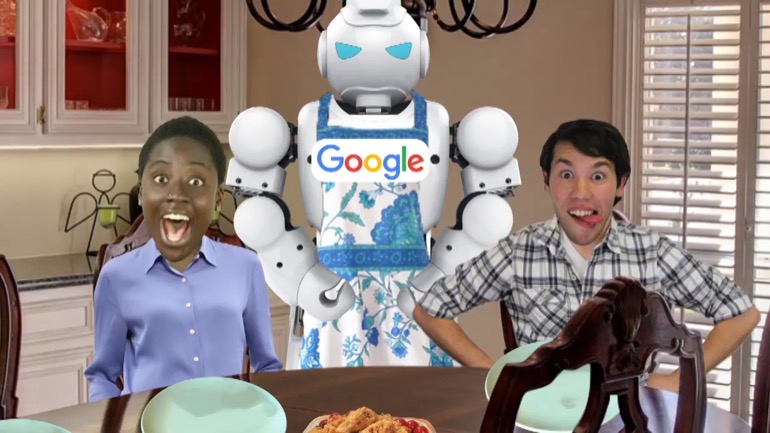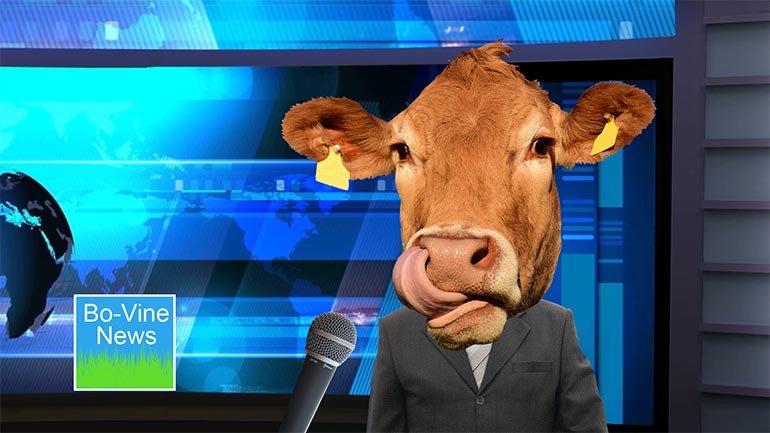ShmoopTube
Where Monty Python meets your 10th grade teacher.
Search Thousands of Shmoop Videos
Principles of Finance Videos 156 videos
Okay, so you want to be a company financial manager. It's basically up to you to make money for the shareholders. It would also be swell if you mad...
How is a company... born? Can it be performed via C-section? Is there a midwife present? Do its parents get in a fight over what to name it? In thi...
What is an income statement, and why do we need it in our lives? Well, let's take a look at an income statement for Year 1 of the Sauce Company, an...
Principles of Finance: Unit 2, Balance Sheet 14 Views
Share It!
Description:
Our little lemonade stand got started with a $5,000 loan. What to do now? Pay off the loan or franchise with the profits? What a "Sophie's Choice" we have on our hands here.
Transcript
- 00:00
principles of finance a la shmoop. balance sheet. okay so we're gonna add on
- 00:08
a bit of complexity to our proverbial lemonade stand image here. first we're [man sits in front of white board]
- 00:14
gonna think about our cash. how was the company started? well it got a loan five
- 00:19
grand from Grandma.com. she didn't want to charge us interest but our parents
- 00:25
made her. their real life matters kind of parents. so she charged us ten percent
Full Transcript
- 00:30
interest or five hundred bucks a year. for as long as we were renting that five
- 00:35
grand. well at the end of our first year we have a financial decision to make. do
- 00:39
we want to pay off the loan fully? or spend our six grand in after-tax cash
- 00:44
profits on building a second lemonade stand? [equation]
- 00:47
well our gut will tell us which way is most profitable risk-adjusted and that's
- 00:52
what we'll do. well let's go back and restate our income statement to include
- 00:55
the interest we owe on the five grand we borrowed. and there we go so a couple of
- 01:01
interesting things to notice here. we added five hundred bucks in expenses via
- 01:06
actually accounting for our loan to start the company. well before we had
- 01:10
added that in we had six grand in net profits so it would be rational to think
- 01:15
that we've just added five hundred bucks in expenses and now our new net profits
- 01:20
number should be fifty five hundred but it's not. it's better than that. why ? taxes.
- 01:26
yeah that 500 bucks came before the government took its 25% bite out of us.
- 01:32
well essentially the government paid for a quarter of our interest expense. hmm
- 01:37
how's that work? and you can imagine that in very high tax situations the [cost spreadsheet shown]
- 01:41
incentive to borrow more money is much higher because the government
- 01:45
essentially covers a lot of those expenses in the form of your being able
- 01:48
to deduct the interest expense on the money the money you borrow against the
- 01:53
taxes you'd be paying on your profits. all right another interesting thing to
- 01:57
note here was that we generated five thousand six hundred twenty-five dollars
- 02:01
in cash during the year. our interest expense was five hundred dollars. we
- 02:06
generated way more cash than we had in interest expense meaning that our
- 02:11
bankruptcy risk here is very low. which is good. we wonder to ourselves so
- 02:16
how much money could I borrow if we wanted to go big with lemonade stands
- 02:20
R US. lemonade stand on every corner in the country .okay and so doing a little [boy celebrates in front of lemonade stand]
- 02:26
bit amusing on the math here like if our interest rate was 10 percent we're
- 02:30
generating with one stand over five grand in cash well couldn't we borrow
- 02:36
ten times that number of fifty grand? if we did a 50 grand borrow that'd be about
- 02:41
five thousand dollars in interest we'd still have more profits than interest.
- 02:45
how much would it cost to launch a new additional stand would that stand
- 02:49
cannibalize revenues from our first stand. mmm could we buy supplies cheaper
- 02:55
if we had more scale or size? how many licks does it really take to get the
- 03:00
center of line? oh never mind. okay so we wonder about
- 03:02
the ratios here that go behind debt. largely revolving around how much debt
- 03:07
could we borrow if we wanted to max out. well we know that banks focus on an
- 03:11
arcane term called EBITDA when they loan money. side note if we ever get a
- 03:17
large dog at shmoop we're gonna name him gonna EBITDA. well what is EBITDA anyway?
- 03:22
well it stands for earnings before interest taxes depreciation and
- 03:27
amortization and in our case here we'd calculate our EBITDA is our earnings of
- 03:32
five thousand six hundred twenty-five dollars but then we'd add back interest
- 03:35
of five hundred bucks and taxes of 1875. we don't have any assets. [EBITDA explained]
- 03:41
we're depreciating or amortized so that totals 8 grand and EBITDA. and we use
- 03:46
EBITDA to get rid of non apples-to-apples things like taxes and
- 03:51
interest which can change a lot over time with interest rates moving in taxes
- 03:54
being different different states different countries and so on. we do this
- 03:57
so that we have a clearer picture of the basic operating health of the company.
- 04:02
and it's often quoted as a multiple by banks when they think about appropriate
- 04:06
levels for loaning money in the form of a debt to EBITDA ratio. and a ratio of four
- 04:12
is often about as high as low risk seeking bank will ever want to. go four
- 04:17
times debt to EBITDA and that would mean that without paying enormous
- 04:21
interest costs lemonade stands our us could get a loan of about 32 grand give [man explains in front of a lemonade stand]
- 04:26
or take. that's four times that $8,000 they
- 04:29
or EBITDA. so for a moment let's think about maxing out our loans. if we
- 04:32
found a bank stupid enough or visionary enough to trust us with a loan for 32
- 04:38
grand and they charged us 10% interest amazingly well we can still make the
- 04:43
interest payment. the bigger question is could we then use the 32 grand to open
- 04:48
up say six more lemonade stands at a cost of five grand each ? and still have
- 04:53
two grand left over for whatever. all right well at first blush our
- 04:58
projections say yes . and if each of those six stands could themselves generate
- 05:03
something like five grand a profit at the end of their first year like the
- 05:06
first one did well then wow we could pay back all of the loans in just one year. [equation]
- 05:11
and hmm that feels a lot like how Starbucks got started.
Related Videos
GED Social Studies 1.1 Civics and Government
What is bankruptcy? Deadbeats who can't pay their bills declare bankruptcy. Either they borrowed too much money, or the business fell apart. They t...
What's a dividend? At will, the board of directors can pay a dividend on common stock. Usually, that payout is some percentage less than 100 of ear...
How are risk and reward related? Take more risk, expect more reward. A lottery ticket might be worth a billion dollars, but if the odds are one in...






